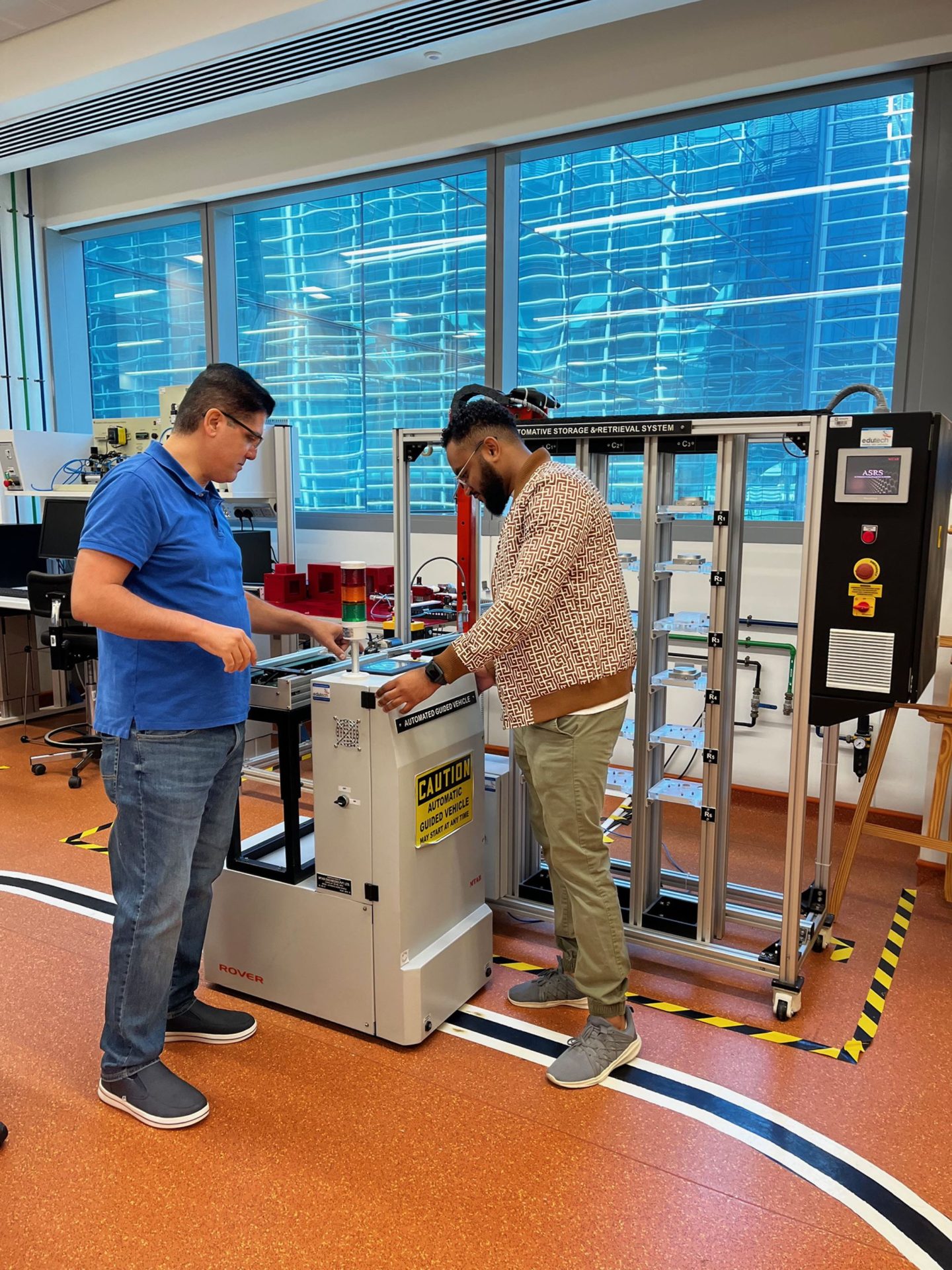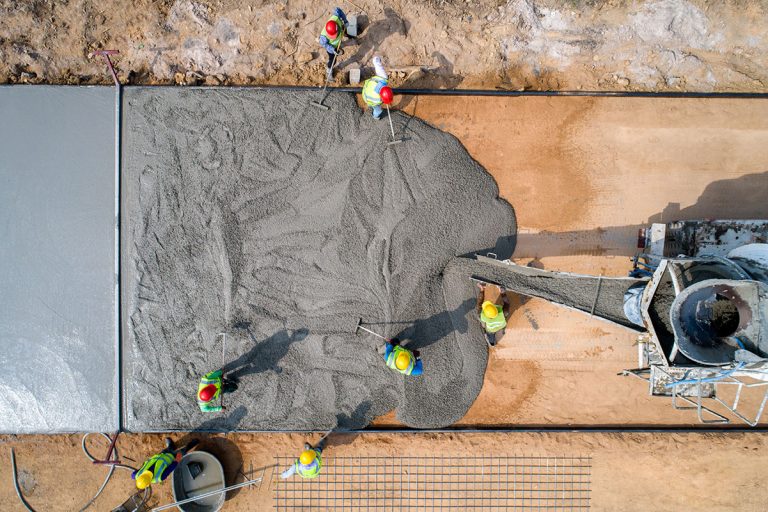From blueprint to powerhouse: How buildings can shape our energy plans
Policymakers and power companies must consider building types in plans to optimize energy storage in urban areas.
Every summer, electricity bills skyrocket as air conditioners battle against the heat. What if our homes and offices could store the sun’s energy—not just capture it with solar panels, but hold onto it for future use?
Buildings already consume more than half the world’s electricity and account for nearly a third of energy consumption. A new study from Khalifa University explores how different types of buildings, and the way they’re grouped, can affect how well solar energy can be stored and used.
Technologies for storing solar electricity help buildings to use more self-generated power, but the solution isn’t one-size-fits-all, says Ahmad Mayyas, Assistant Professor of Management Science and Engineering at Khalifa University. Buildings come in all shapes and sizes, and vary in the number of floors and surface area; they could be homes, offices, retail facilities or hospitals. “Understanding the energy generation and consumption of different types of buildings is crucial for achieving urban sustainability goals,” he says.
Mayyas and researcher Osama Mussawar found that the efficiency of energy storage systems depended on the mix of buildings within a community.
“There’s no doubt that the study’s methodology is adaptable to other climates and urban contexts, especially for the climate we have in the Arab Gulf region.”
Ahmad Mayyas
Using advanced computer simulations they explored how groups of buildings use and share solar power. They compared the performance of traditional rechargeable lithium-ion batteries, which store electricity over several hours, with reversible solid oxide fuel cells, an emerging solution capable of storing energy for days or weeks.
“The extent to which the cost efficiency of various storage technologies depended on the built environment was surprising,” says Mayyas.
Lithium-ion batteries were a solid short-term, cost-efficient storage option across building types. They were the most beneficial for low-rise buildings, where large facilities such as warehouses and shopping centers could meet 90% of their energy needs with stored solar energy. Smaller low-rise neighborhoods comprised of single-family homes could become 60% self-sufficient. In these low-rise communities, lithium-ion batteries had the potential to slash energy costs by 10-15%.
On the other hand, reversible fuel cells were useful for long-term storage if neighborhoods generated extra energy and could not feed it back into the grid due to policy constraints. Neither technology made mid-rise neighborhoods comprising apartments and offices fully self-sufficient, but they both offered modest cost savings.
“This shows that policymakers and urban planners should consider the built form and function when designing energy storage solutions,” Mayyas says. “Utility providers can use these insights to optimize energy storage integration and improve grid stability.”
While the study used data from a warm climate region of the United States, Mayyas says “There’s no doubt that the study’s methodology is adaptable to other climates and urban contexts, especially for the climate we have in the Arab Gulf region.”
Reference
Mussawar, O.; Mayyas, A.; Azar, E., Energy storage enabling renewable energy communities: An urban context-aware approach and case study using agent-based modeling and optimization. Sustainable Cities and Society, 115, 105813, 2024. | Article




